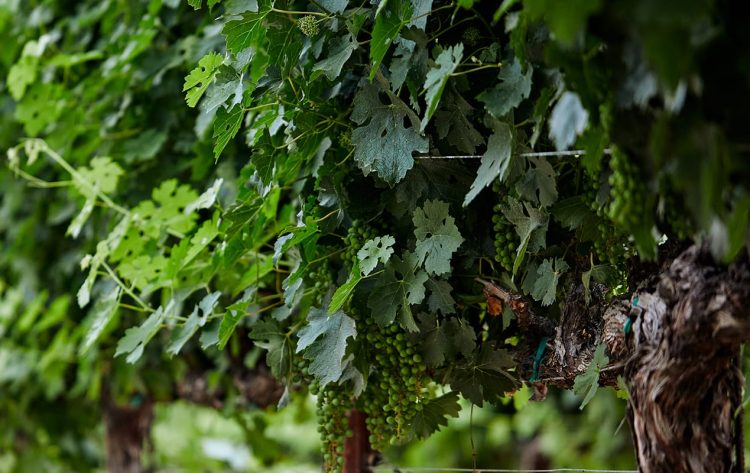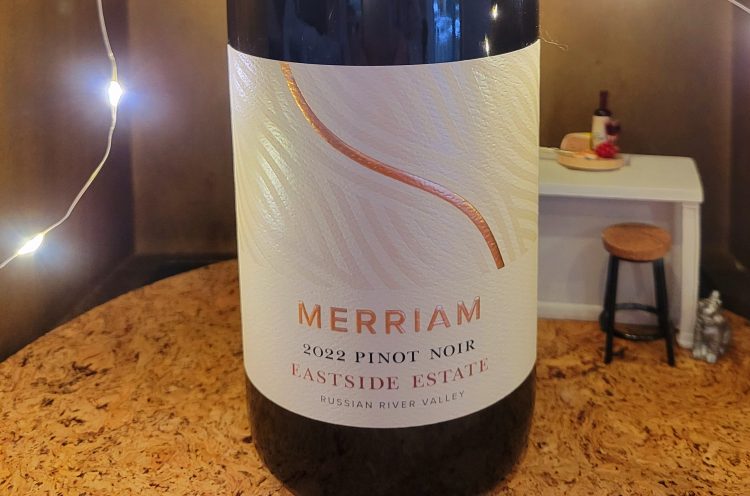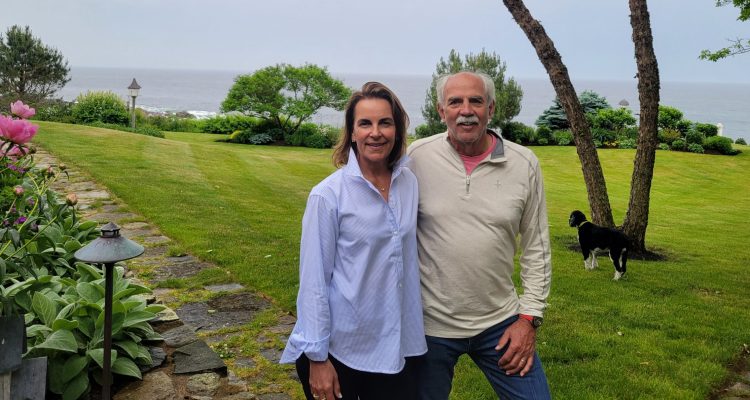What if you had a retail wine business in New England, and when you and your wife finally visited Sonoma you both immediately fell in love with the region. Amazingly, you were then able to find a vineyard you could afford. It was the year 2000. You decided to make your first wine with merlot grown in the notable Windacre Vineyard on Limerick Lane. Carefully crafted, the wine was aged in French oak barrels for 18 months. Finally, your first vintage was ready to release. All 2700 cases. Then the movie Sideways came out.
This was what happened to Diana and Peter Merriam, founders of Merriam Vineyards. But they remained undeterred by the film’s anti-merlot stance. They loved merlot then, and they love it now, they told me when I visited them on the south coast of Maine this summer. Perhaps because they are from the East Coast, their wine style has always been more oriented toward French, rather than Californian influences. So, onward with the Merlot wines! Which was apparently a good decision, because they still produce a popular Merlot from the Windacre vineyard in 750ml bottles, as well as in magnum.

For the last two decades, Peter and Diana, and their four now-grown children, split their time between their native New England and establishing their Russian River Valley wine-making enterprise. Growing up in western Maine, Peter learned about agriculture simply from watching his father grow vegetables in their garden using homemade compost tea and other natural practices. In Sonoma, the Merriams’ original purchase, Windacre, has been sustainably farmed since 2001. One of their sons, Evan, has relocated to the West Coast to serve as estate manager. Today, vineyards on the 21-acre Merriam estate are also organically certified by the California Certified Organic Farmers Foundation.
Merriam also boasts one of the very few constructed wetlands in Sonoma County. This healthy ecosystem also filters the water on its journey to a pond, allowing Merriam to reclaim all their wastewater.
Additionally, composting stems and pomace (remains of the grapes after pressing), and planting cover crops between the vines are important aspects of the growing process at Merriam. The estate also hosts barn owls for natural rodent control and beehives for local pollination of flowers that attract insects which are beneficial to the vines.
A standout among the wines we tasted during my Maine visit was the 2022 Eastside Estate Chardonnay. It’s Burgundian in character, very light despite using new French oak barrels for 30% of the wine. The wine had lemon and lemon curd flavors, and a mild finish. Merriam produces four different Chardonnays, each in a slightly different style.
Another highlight for me was the 2021 Diana’s Estate Pinot Noir. It is a blend of grapes from all five pinot noir clones grown on their estate, yielding lovely floral notes in the aroma and hearty, tangy super-ripe fruit flavors on the palate.

Back to the Merlot story – twenty years later. I was pleased to find that the entry-level 2019 Merriam Merlot I tasted with Peter and Diana was one of my favorites. Made from grapes grown on the gravelly soil of a former riverbed, the wine is reminiscent of Bordeaux in its style, and in its deliberately low-intervention production. Racked periodically, the wine is only filtered when it goes from barrel to bottle. With raspberry and cherry notes, this merlot may be easy to drink but it is not a simple wine.
Ironically (but perhaps understandably from a bi-coastal family) the Merriam wines are not easy to find in stores; most are purchased either online or by visitors at the Sonoma winery.

